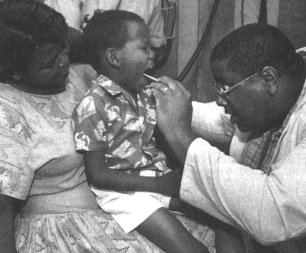-
.
Drew Hurley
Santa Fe Community College
.
.
.
For Use With: Mooney, Knox, and Schacht
UNDERSTANDING SOCIAL PROBLEMS. West Publishing Co., 1997
.
The Haves And The Have Nots

Inequality in the United States and around the World
Of the Wealthier Industrial nations, the U.S. has one of the highest income differentials: the highest paid 10% of workers earn 5.6 times as much as the lowest 10%.
.
20% Bracket -- % Income
Richest 20% -- 46.8%
Second 20% -- 23.3%
Third 20% ----- 15.7%
Fourth 20% --- 10.0%
Poorest 20% -- 4.2%
.
.
.
.
.
20% Bracket -- % Wealth
Richest 20% -- 80%
Second 20% -- 15%
Third 20% ------- 5%
Fourth 20% ----- 1%
Poorest 20% -- -1%
.
.
.
.
Social Class categories are based on relative access to resources:
opportunities, wealth, power and prestige.
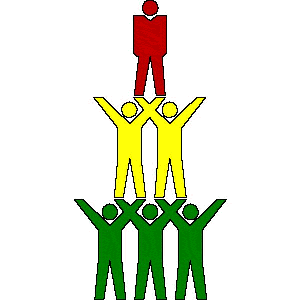
Next Page
The Components of Inequality: Wealth, Power, and Prestige.
Variables of Social Mobility:
Intragenerational Mobility and Intergenerational Mobility
Vertical Mobility and Lateral Mobility
Structural Mobility
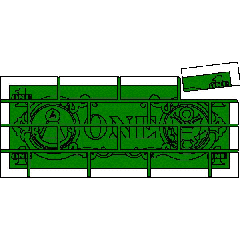
The Kuznuts Curve
Next Page
.

Consideration:
In the U.S., it is assumed that one's social status is achieved rather than ascribed
-- unless you are a minority.
Failure is explained in individual terms, but never success.
Life Chances and Life Styles


.
Structural-Functionalist Theory
Social Mobility
Meritocracy
In Focus:
Who Are The Affluent?
1. Race & Ethnicity = White
2. Gender = Male
3. Age = 45 - 54
4. Region of U.S. = Northeast
5. Exception = Oprah Winfrey Earned $74 Million in 1996
Conflict Theory
Inequality is a consequence of exploitation
The Welfare System and Education are culpable

.
Absolute Poverty
Relative Poverty
Poverty Line: 1995 = $14,763; Average = $8,803
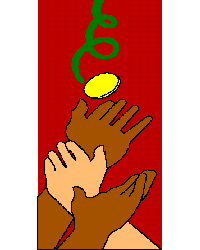
Next Page
Under 18 -- 21.8%
18 - 24 ----- 18.0%
25 - 44 ----- 11.9%
45 - 54 ------ 7.8%
55 - 59 ----- 10.4%
60 - 64 ----- 11.4%
65 - + ------- 11.7%
.
.
.
Feminization of Poverty
Ethnicity:
Black = 30.6%
Hispanic = 30.7%
White = 9.4%
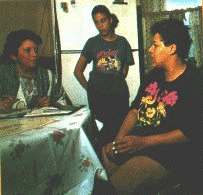
.
Variations By Employment Status
1. Working Poor -- 60% worked or lived with someone employed
2. Unemployed -- 50% are Disabled
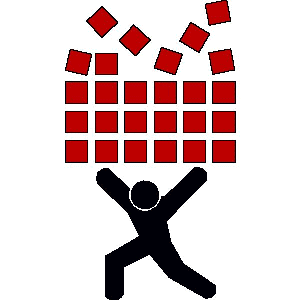
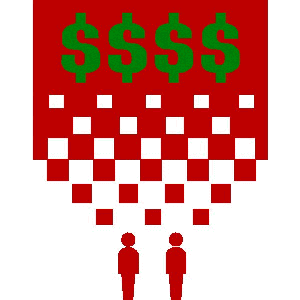
Structural-Functional Explanations of Poverty
Split Labor Market Changes
Increased Unemployment
Single-Headed Households


Cultural Explanations of Poverty
Oscar Lewis' 'Culture of Poverty' Characteristics:
1. Cash Economy
2. Low Wages
3. High Rates of Un- and Under-Employment
4. Lack of Infrastructure
5. Bilateral Kinship Systems
6. 'Blame the Victim' values dominate the Culture
.
.
.
.
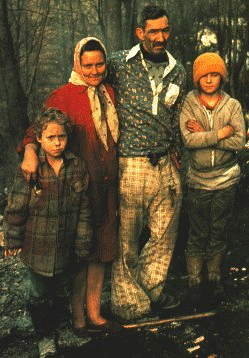
Lawrence LeShan's Social Class Orientation Toward Time:
The Higher the Social Class the greater the orientation toward time; both as a sense of Family History
and as a projective plan for the future. Poverty is characterized by extreme present-consciousness.
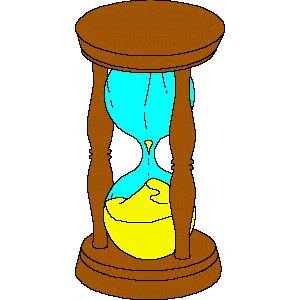
Individual Consequences:
Health and Hunger; Crime and Justice; Housing; Education; Social and Psychological
Societal Consequences of Poverty
Loss of Human Resources and Potential Production
Loss of Income and Status Models for Society
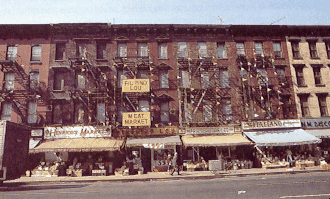
.
Consider:
Despite recent anti-welfare sentiment, in a 1993 General Social Survey,
64.6% of adults said the government spent too little on public assistance and only 12.4% said
it spent too much.

Homelessness -- Personal Disaster and Societal Embarrassment
1.5+ million Homeless in U.S. currently

The Human Side: Diary of A Homeless Man
Next Page
Rectifying Inequality
Minimum Wage Increases: $4.25 to $4.70/hour in 1996; $5.15/hour in 1997

Next Page
Government Public Assistance and Welfare Programs in the U.S.
Food Benefits:
Food Stamps
WIC
Cash Aid:
AFDC
SSI
Medical Care
Housing and Energy Assistance
Education:
Head Start
Employment and Job Training Programs:
Job Corps
JTPA
.
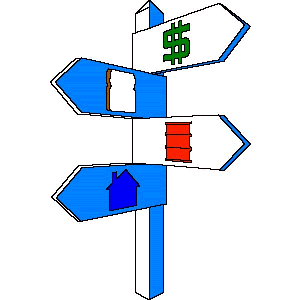
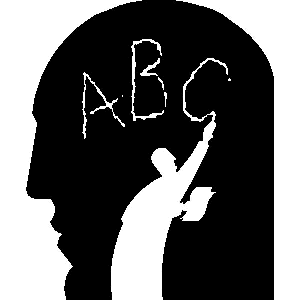
Welfare Reform
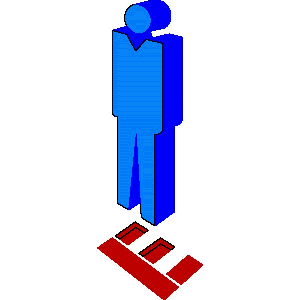
Consider:
Much of the money (ten times as much) intended for Welfare Recipients
actually ends up in the hands of the bureaucracy.
Next Page
The Charity Ethic
The Work Ethic
Assistance Should Be Temporary
Blaming The Victim
Bureaucratic Inadequacies
Race-Specific Policies
Societal Ambivalence
.
.
.
.
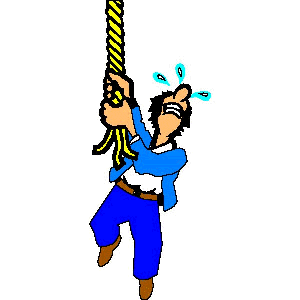
Welfare Benefits are more than adequate to live on
Women on Welfare have more children in order to get more benefits
Once People are on Welfare, they remain on it
People on Welfare don't want to work
Many People on Welfare don't deserve it; they cheat
.
.
.
.
.
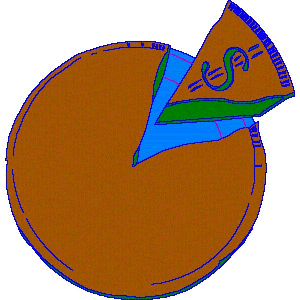
.
Per Capita Aid to Developing Nations
Country .................. Government Assistance ............ Private Voluntary Aid
Denmark ............................. 258 .................................................. 9
Norway ................................ 234 ................................................. 30
Sweden ............................... 203 ................................................. 15
Netherlands ....................... 165 ................................................. 18
France ................................. 137 ................................................... 3
Switzerland ......................... 115 ................................................. 21
Japan .................................... 90 ................................................... 1
Germany ............................... 86 .................................................. 10
Australia ............................... 68 ................................................... 9
United States ...................... 38 .................................................. 10
.
The Cycle of Poverty
Children in poor families live in poor neighborhoods.
The Children attend inferior schools, drop out, or have low academic achievement.
As Adults, they have few legitimate opportunities, are unemployed, or earn low wages.
They develop a sense of failure and hopelessness, remain in poor neighborhoods,
and have children.
The cycle begins again.
.
.
.
.
Equity Principle
Responsibility?
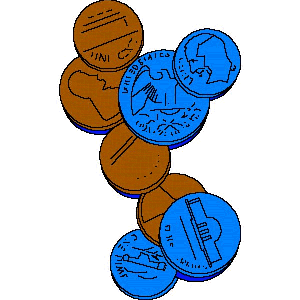
Next Page
drewhurl@sprynet.com

Produced at Bits & Bytes Farm, 1997
Designed and Created by: Drew Hurley
ClipArt provided by: Imageline, Inc.
Photos provided by: Black Star News Service
Santa Fe Community College
3000 NW 83rd Street
Gainesville, FL 32606
401 E. Main Street, Suite 100
Richmond, VA 23219
2121 Avenue of the Americas
Washington, DC 20111
.
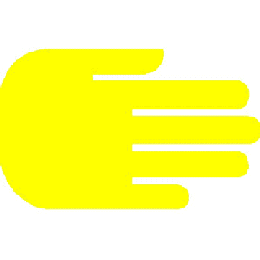
The End


